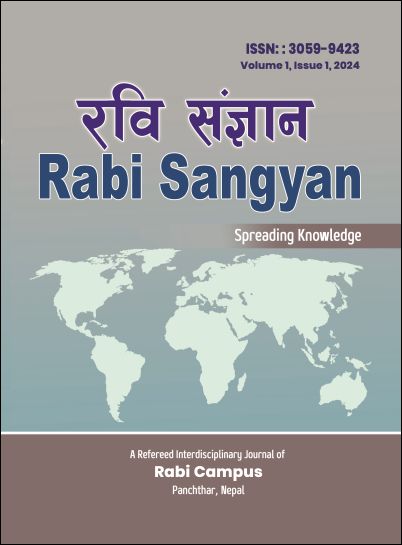Unlocking Customer Satisfaction: A Descriptive Analysis of Service Marketing in Eastern Nepal's Tourism Sector
DOI:
https://doi.org/10.3126/rs.v1i1.74688Keywords:
service quality, customer satisfaction, tourism sector, descriptive, marketing strategiesAbstract
This study provides a comprehensive descriptive analysis of service marketing and customer satisfaction within the tourism sector of Eastern Nepal. Utilizing a sample of 185 respondents, the research employed a structured questionnaire to gather data on key dimensions such as service quality, price competitiveness, convenience of locations, cultural experiences, brand image, and overall customer satisfaction. The results reveal that tourists generally perceive high levels of service quality, particularly regarding responsiveness and efficient service delivery, with mean scores indicating positive experiences across various metrics. Price competitiveness was rated favorably, suggesting that respondents find Nepal's tourism offerings provide good value for money. Accessibility of major attractions and the quality of cultural experiences were highlighted as significant contributors to overall satisfaction. Notably, respondents expressed strong intentions to revisit and recommend Nepal as a tourist destination, emphasizing the effectiveness of current marketing strategies the cultural richness of the region. The study underscores the importance of ongoing collaboration between government and local businesses to enhance service delivery and address challenges in the tourism industry, ultimately positioning Eastern Nepal as a premier destination for global travelers. These insights are essential for developing targeted strategies that further promote sustainable growth in the region's tourism sector.
Downloads
Downloads
Published
How to Cite
Issue
Section
License
Copyright (c) 2024 The Author(s)

This work is licensed under a Creative Commons Attribution-NonCommercial 4.0 International License.
This license enables reusers to distribute, remix, adapt, and build upon the material in any medium or format for noncommercial purposes only, and only so long as attribution is given to the creator.




